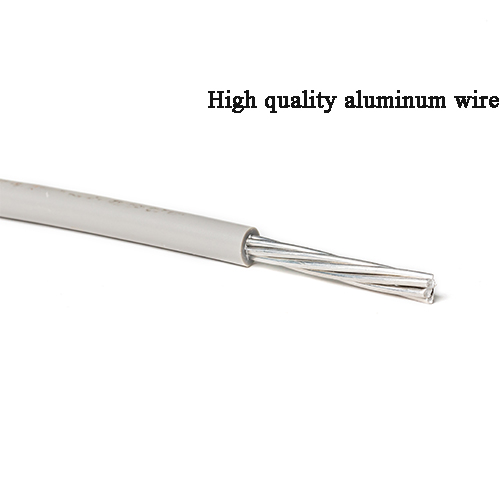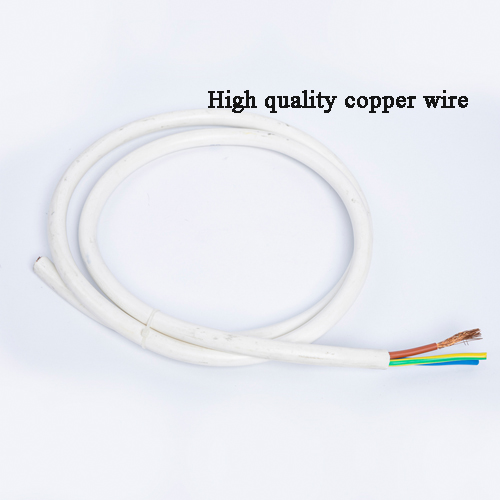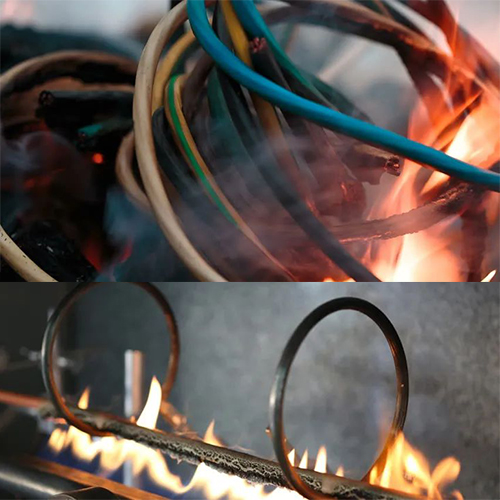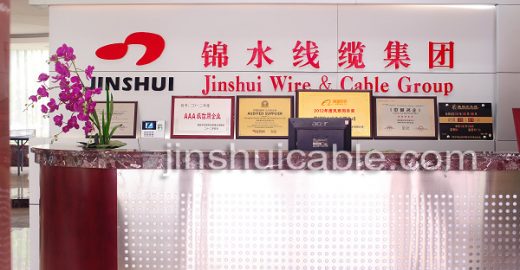Wires are a very important part of circuit transformation. At present, household wires on the market are mainly divided into copper wires and aluminum wires. However, in electrical circuits, aluminum wire cables are often more likely to catch fire than copper wires, and the risk of aluminum wire catching fire is far greater than that of copper wires. Why is this?
1.Naming method of aluminum core cable: Aluminum core cable is represented by the letter L
2.Model name of aluminum core cable: Common aluminum core cables include BLV, YJLV, YJLV22, VLV, VLV22, etc.
3.Specifications of aluminum core cable: The number of cores of low-voltage cable is 1~5, generally from 10~400 square.

1.Naming method of copper core cable: Copper core cable uses letters
2.Model name of copper core cable: Common ones include BV, BLV, BVV, BLVV, VV, YJV, etc. These models represent different structures and uses of cables. For example, VV and YJV type cables are usually used for power transmission, while BV and BLV type cables are suitable for general electrical wiring. Choosing the right cable model and specification is essential to ensure the safety and reliability of the home electrical system.

There is more or less film resistance on the surface of the conductor. If the film resistance causes the connection to overheat, the overheating will increase the film resistance and the conductivity will deteriorate. This overheating is particularly serious in aluminum wire connections. This is because even if the surface of the aluminum wire is scratched and smooth, it only needs to be exposed to the air for a few seconds to be oxidized and immediately form an aluminum oxide film. Although its thickness is only a few microns, it has a very high resistivity, thus presenting a large film resistance. Therefore, when connecting the aluminum wire, the conductive paste should be applied immediately after the surface of the aluminum wire is scraped clean to cut off the contact between the surface of the aluminum wire and the air, otherwise the contact resistance will increase.
The expansion coefficient of aluminum is as high as 23×10-6/℃, which is 39% larger than copper and 97% larger than iron. When the aluminum wire is connected to these two metal conductors and current passes through, the connection point generates heat due to contact resistance. All three conductors expand, but aluminum expands more than copper and iron, which causes the aluminum wire to be squeezed. After the circuit is cut off and cooled, the aluminum wire is slightly flattened and cannot be completely restored to its original shape, leaving a gap at the connection and loose, allowing air to enter to form an aluminum oxide film, which increases the contact resistance.
The next time the power is turned on, the heat will become more intense, making the situation worse. In severe cases, it may ignite a fire due to abnormally high temperatures or sparks. For this reason, a transition joint should be configured when connecting large-section aluminum conductors to copper and iron conductors, and a spring crimping cap should be used for the connection of small-section aluminum wires (not more than 6mm²), so that regardless of whether the connection is powered or heated, the contact surface of the connection is subjected to the pressure of the spring so that air and moisture can enter without gaps to maintain good conductivity of the connection.
If there is an acidic or alkaline liquid between two metals with different potentials, the two metals will form a local battery. The potential of aluminum is -0.78V, and the potential of copper is -0.17V. When there is salt-containing moisture between the aluminum conductor and the copper conductor, this type of local battery is formed. Ionization will corrode the low-potential aluminum conductor and increase the contact resistance.

For PVC insulated aluminum core wires and cables, another problem may arise: in order to prevent hydrogen chloride gas from decomposing from PVC insulation, stabilizers are added to PVC insulation to prevent hydrogen chloride decomposition, but when the circuit temperature exceeds 75°C, such as when the circuit is overloaded or the connection temperature is too high for other reasons, the stabilizer can no longer prevent the formation of hydrogen chloride, and hydrogen chloride will corrode aluminum, thereby increasing contact resistance and fire hazards.
Get A Free Quote

The first phase of the 137th Canton Fair will officially open on April 15, 2025! Zhengzhou Jinshui Industrial Co., Ltd. mainly produces and exports wire…

The Benin account manager came to our company to discuss the business of ABC cable! Yemen brotherhood customers come to the company to exchange product…

Zhengzhou Jinshui Industrial Co., Ltd. wishes you a Merry Christmas!!
Submit Request
PDF Request